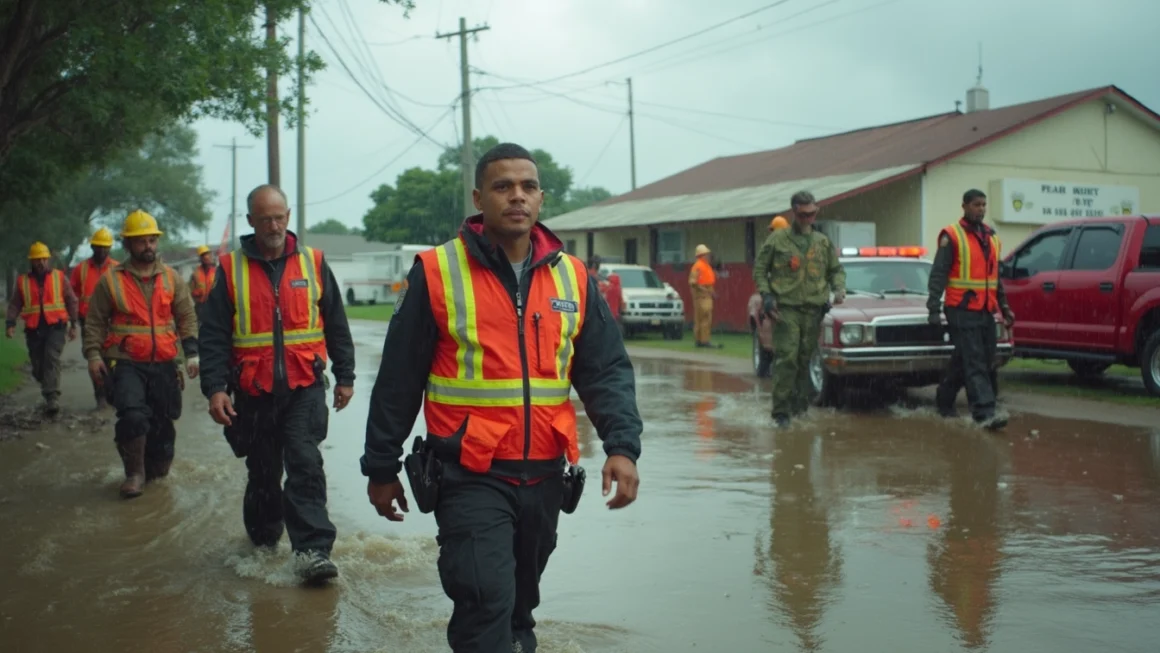The Alarming Impact of Warming Seas on Greenland’s Glaciers
Table of Contents
Climate change continues to reshape our planet in profound ways, and one of the most striking examples is the accelerating retreat of Greenland’s glaciers. Recent studies have revealed that warming seas are playing a crucial role in this process, with far-reaching consequences for global sea levels and climate patterns.
Understanding Glacier Retreat
Glaciers are massive bodies of ice that form over centuries as snow accumulates and compresses. They play a vital role in Earth’s climate system, acting as natural reservoirs of freshwater and reflecting sunlight back into space. However, as global temperatures rise, these icy giants are melting at an unprecedented rate.
In Greenland, where some of the world’s largest glaciers reside, the situation is particularly dire. The island’s ice sheet contains enough water to raise global sea levels by about 24 feet (7.3 meters) if it were to melt completely.
The Role of Warming Seas
While rising air temperatures contribute to glacier melt, recent research has highlighted the significant impact of warming ocean waters. As sea temperatures increase, they erode the glaciers from below, accelerating the rate at which ice breaks off into the ocean – a process known as calving.
Scientists have observed that even small changes in ocean temperature can have dramatic effects on glacier stability. Warm water can create underwater cavities beneath the glaciers, weakening their structure and leading to rapid retreat.
Alarming Rates of Retreat
The pace at which Greenland’s glaciers are retreating is alarming researchers worldwide. Some of the island’s largest glaciers have been observed to be retreating at rates of several kilometers per year. This rapid change is not only contributing to sea-level rise but also altering local ecosystems and potentially impacting global ocean currents.
Implications for Global Sea Levels
The accelerated melting of Greenland’s glaciers is a major contributor to global sea-level rise. As these massive ice bodies discharge more water into the oceans, coastal communities around the world face increased risks of flooding and erosion.
Recent projections suggest that if current trends continue, sea levels could rise by several feet by the end of this century, threatening millions of people living in low-lying areas.
Climate Feedback Loops
The retreat of Greenland’s glaciers is part of a larger system of climate feedback loops. As ice melts, it exposes darker land or water surfaces, which absorb more heat from the sun. This, in turn, leads to further warming and more melting, creating a self-reinforcing cycle.
Additionally, the influx of freshwater from melting glaciers into the North Atlantic could potentially disrupt ocean circulation patterns, with far-reaching effects on global climate.
Monitoring and Research Efforts
To better understand and predict these changes, scientists are employing a range of advanced technologies. Satellite imagery, underwater drones, and on-site measurements are all being used to track glacier movements and ocean temperatures with unprecedented precision.
These efforts are crucial for improving climate models and helping policymakers make informed decisions about climate adaptation and mitigation strategies. Automation tools are increasingly being used to process and analyze the vast amounts of data collected from these various sources, enabling researchers to identify patterns and trends more efficiently.
The Need for Urgent Action
The rapid retreat of Greenland’s glaciers serves as a stark reminder of the urgent need for global action on climate change. Reducing greenhouse gas emissions is crucial to slow the warming of both the atmosphere and the oceans.
International cooperation and commitment to climate agreements are essential. Additionally, investment in renewable energy, sustainable practices, and climate-resilient infrastructure will be key to mitigating the impacts of rising sea levels and changing climate patterns.
Conclusion
The accelerating retreat of Greenland’s glaciers due to warming seas is a clear indicator of the profound changes occurring in our planet’s climate system. As we continue to observe and study these changes, it becomes increasingly evident that swift and decisive action is needed to address the root causes of global warming.
The fate of Greenland’s ice sheet is intricately linked to the future of our global climate and coastal communities worldwide. By understanding and addressing the complex interplay between warming seas and glacier retreat, we can work towards more effective strategies to combat climate change and protect vulnerable ecosystems and populations.
As individuals and societies, we must recognize the urgency of this situation and take steps to reduce our carbon footprint, support climate research, and advocate for policies that prioritize environmental protection. The retreat of Greenland’s glaciers is not just a distant phenomenon – it’s a harbinger of the challenges we all face in a warming world.




